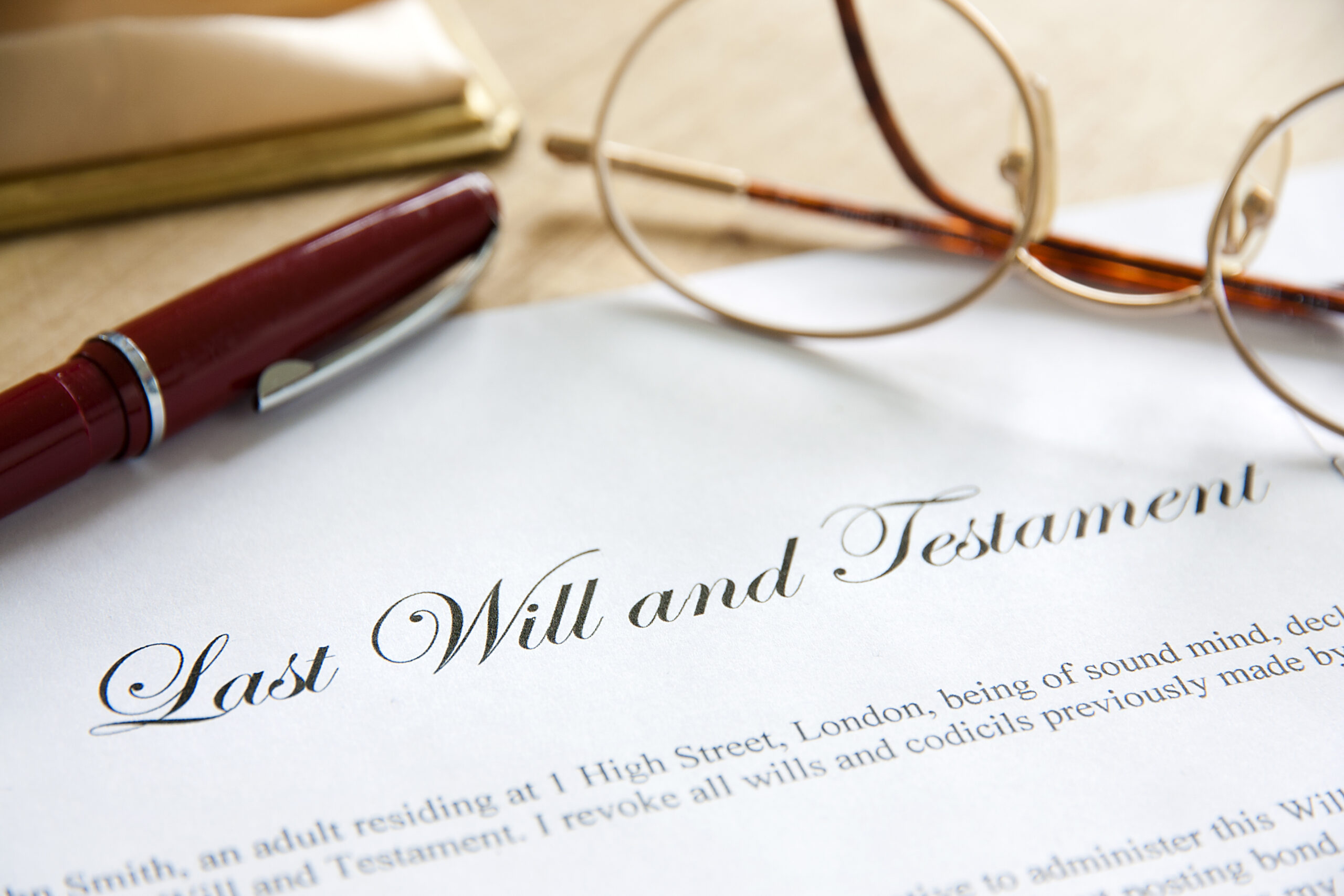
Executorship
[vc_row css_animation=”” row_type=”row” use_row_as_full_screen_section=”no” type=”full_width” angled_section=”no” text_align=”left” background_image_as_pattern=”without_pattern”][vc_column][vc_column_text]
This article addresses the steps that an Executor needs to take when the Will maker has died, and how to deal with the Estate of the deceased. In summary, the Executor must ensure that they carry out the wishes of the deceased in accordance with the Will. This would generally include obtaining a Grant of Probate from the Supreme Court of New South Wales and distributing the assets to the beneficiaries.
[/vc_column_text][vc_single_image image=”20326″ img_size=”700 x 400″ alignment=”center” qode_css_animation=””][/vc_column][/vc_row][vc_row css_animation=”” row_type=”row” use_row_as_full_screen_section=”no” type=”full_width” angled_section=”no” text_align=”left” background_image_as_pattern=”without_pattern”][/vc_row][vc_column][/vc_column][vc_column_text]
[/vc_column_text][vc_separator type=”normal” up=”20″ down=”20″]
A. FIRST STEPS
The first steps an Executor need to take when a Will maker has passed away include:
- Finding the original Will of the deceased. This could be kept at the deceased’s residence, held by the deceased’s lawyer or the NSW Trustee & Guardian.
- Arranging the funeral or memorial service. Costs of arranging this would generally be taken or reimbursed from the deceased’s estate. Often, the deceased’s closest relative would prepare a funeral or service in accordance with what the deceased would have liked.
- Obtaining the death certificate. Generally, the Registry of Births, Deaths & Marriages is informed by the funeral director or doctor. The death certificate is forwarded to the next-of-kin or executor of the deceased.
- Contacting beneficiaries. The Executor would need to contact beneficiaries and immediate family members of the deceased, and inform them what has been left to them in the Will.
- Determining what assets the deceased held. This may involve communicating with the deceased’s relatives and friends, contacting banks and searching for any documents held by the deceased indicating ownership of property.
If you are appointed an Executor but do not wish to act as one, you can renounce the role of Executor. This should be done as soon as possible, before you begin any work as an Executor. A ‘Renunciation of Probate’ form would need to be prepared and filed with the Supreme Court of NSW.
B. Dealing with the estate
Where necessary, an application for a Grant of Probate would be made within six months of the date of death. This is often required if the deceased had significant assets – banks and other institutions generally want to see a Grant of Probate before distributing any substantial assets to an Executor or Beneficiary.
Often, an Executor would set up an Estate bank account so that the deceased’s funds are kept separately from the Executor’s and to have a clear record of how the funds are being managed.
An Executor would normally need to personally attend at their preferred bank branch to set up an Estate bank account, showing relevant documents such as the Death Certificate, the Will of the deceased and the Executor’s identification.
If the deceased was earning income above the tax-free threshold in the income year of their passing, a final tax return would need to be lodged with the Australian Taxation Office (ATO). The Executor is generally the ‘legal personal representative’ who is responsible for doing this, and could obtain advice from an accountant where necessary.
If a tax return is not required (eg if the deceased was not earning any income), the ATO would still need to be notified of the death by submission of a ‘Non-lodgment advice form’.
A trust tax return must be filed if the deceased estate earns income after the person’s death above the tax-free threshold (eg continued rental income or share dividends).
C.DISTRIBUTING THE ESTATE TO BENEFICIARIES
Once the above steps have been completed and all debts and liabilities of the deceased have been paid out, the Executor can distribute the residue of the estate to the Beneficiaries in accordance with the Will of the deceased.
The Will must be carefully considered to ensure that the deceased’s wishes are being carried out.
D. Conclusion
Accordingly, the Executor will need to undertake many tasks to transmit the deceased’s estate and distribute it to the beneficiaries.
Often an Executor is also a beneficiary of the Will, or otherwise the Will maker has bequeathed a sum of money to the Executor for their efforts in administering the estate.
For more information on related matters, you may wish to read the following articles:
- Wills and Estates:A guide to the formal requirements of Australian wills and the consequences of intestacy.
- Power of Attorney & Guardianship:Discusses delegation of power in financial and lifestyle matters.
- Probate and Letters of Administration: When a person dies, a probate (or letters of administration) would need to be applied for at the Court, with the help of a lawyer, so that assets can be transmitted to the beneficiaries.
- Funerals: This article outlines the process of organising and preparing for a funeral service including the steps taken when someone passes away, the legal obligations related to someone’s passing and the roles and contributions of the various people involved.
Comasters is able to advise clients on Wills and Estate matters, and assist Executors in administering the Estate.
[vc_separator type=”normal” position=”center” up=”20″ down=”20″]
© Comasters May 2022.
Important: This is not advice. Clients should not act solely on the basis of the material contained in this paper. Our formal advice should be sought before acting on any aspect of the above information.
